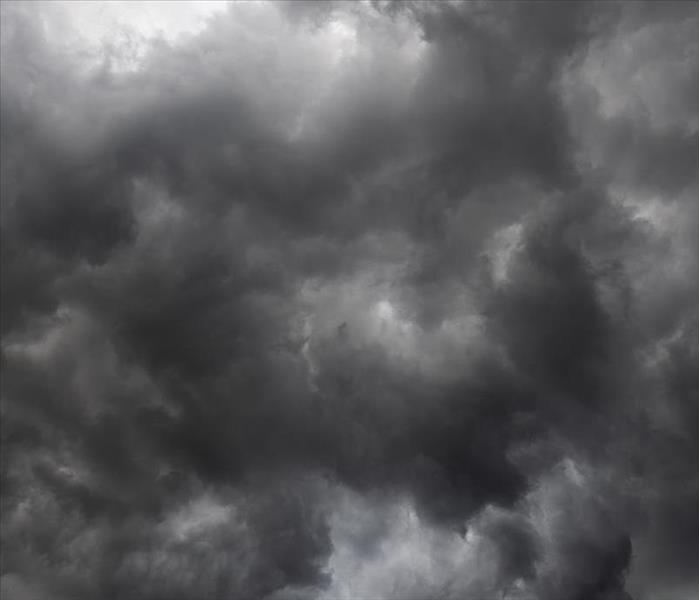Storm Watches, Storm Warnings & Other Safety Tips to Note | SERVPRO® of Jackson/SE Ingham County
5/25/2022 (Permalink)
All too often, severe weather is underestimated. Because thunderstorms often move through areas without causing significant damage, there is a tendency for people to assume that every storm will be minor—unfortunately, this could not be further from the truth.
Storms are powerful and complicated things, and it is important to remember that staying safe is so important.
Safety from severe weather is not something to be taken lightly, and it is much easier to stay safe if you know the proper terminology and what it means for you. Below, we will be looking at the difference between severe weather watches and warnings, and including a few key safety tips so you and your household can stay protected.
The Difference Between Storm Watches and Warnings
What Is a Watch? When a watch is issued, be it for a severe thunderstorm, flood or tornado, that means that conditions for these weather events are favorable—as in, there is a strong chance that they could occur. However, when a watch is issued, the weather event is not actively occurring, and is only possible.
What Is a Warning? When a warning is issued, that means that the weather conditions in question are actively occurring or have become imminent. This means a severe storm has developed, a tornado has been spotted or flooding is happening somewhere within the area, and those in the warning district should quickly get themselves to safety.
Other Safety Tips for Severe Weather
In addition to knowing the difference between a watch and a warning, it is also wise to take note of other safety tips for protecting yourself and your loved ones in the event of severe weather.
- Know where to shelter, whether at home or out and about, if severe weather becomes imminent.
- Keep a weather radio on hand so you can get updates even if cell phone networks fail.
- Know where your local shelters are in case you must evacuate your home.
- Keep a well-stocked emergency kit in your at-home sheltering area so there is no need to leave until it is safe to do so.
If you have storm damage to your home, you can count on us to help. We are here 24/7 to provide storm restoration services—contact us today to learn more.


 24/7 Emergency Service
24/7 Emergency Service
